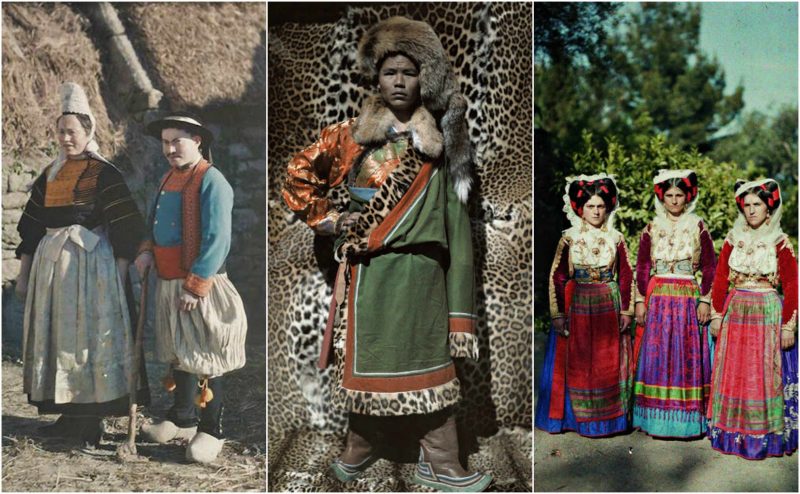This colorful spectrum of diversity and ‘exotic ethnic’ from around the world was taken by French banker and philanthropist, Albert Kahn.
Kahn’s mother died when he was ten years old, and, following the German annexation of Alsace-Lorraine in 1871, the Kahn family moved to Saint-Mihiel in north-eastern France in 1872 where he continued his studies at the Collège de Saverne from 1873 to 1876.
In 1879, Kahn became a bank clerk in Paris but studied for a degree in the evenings. His tutor was Henri Bergson, who became his lifelong friend. He graduated in 1881 and continued to mix in intellectual circles, making friends with Auguste Rodin and Mathurin Méheut. In 1892, Kahn became a principal associate of the Goudchaux Bank, which was then regarded as one of the most important financial houses of Europe. He also promoted higher education through travelling scholarships.
In 1909, Kahn travelled with his chauffeur and photographer, Alfred Dutertre to Japan on business and returned with many photographs of the journey. This prompted him to begin a project collecting a photographic record of the entire Earth. He appointed Jean Brunhes as the project director and sent photographers to every continent to record images of the planet using the first practical medium for colour photography, Autochrome plates, and early cinematography. Between 1909 and 1931, they collected 72,000 colour photographs and 183,000 meters of film. These form a unique historical record of 50 countries, known as The Archives of the Planet.
Kahn’s photographers began documenting France in 1914, just days before the outbreak of World War I, and by liaising with the military managed to record both the devastation of war and the struggle to continue everyday life and agricultural work.
Below you can enjoy a varied diary of our planet in the early 19th century. Enjoy:



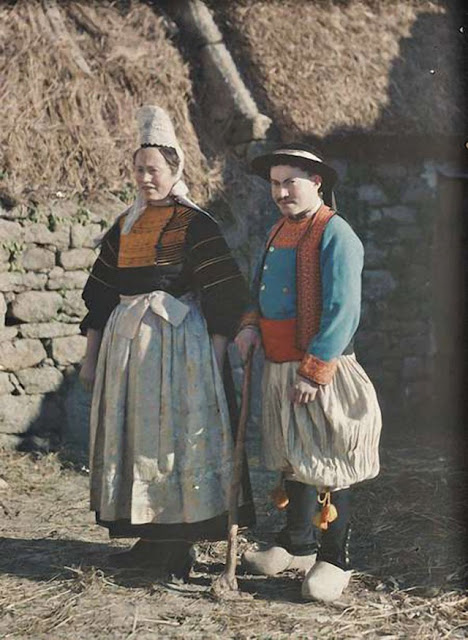



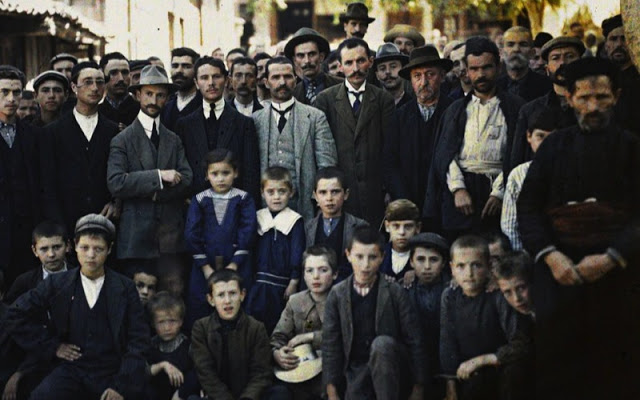
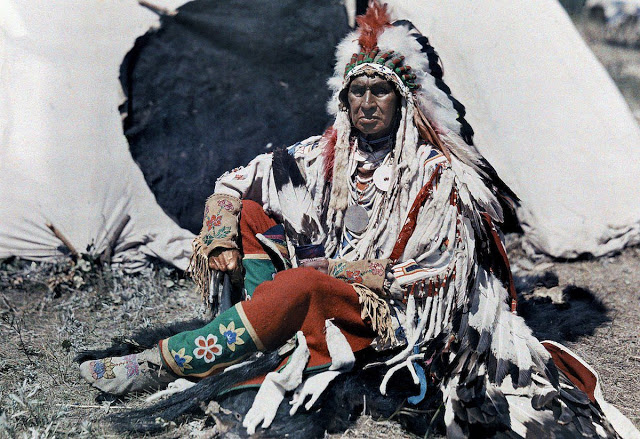
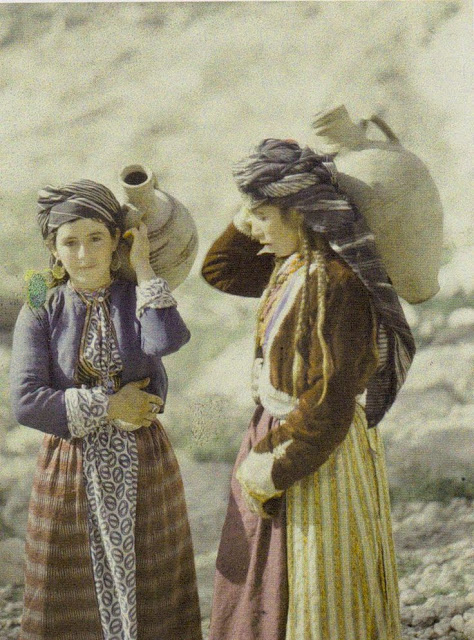

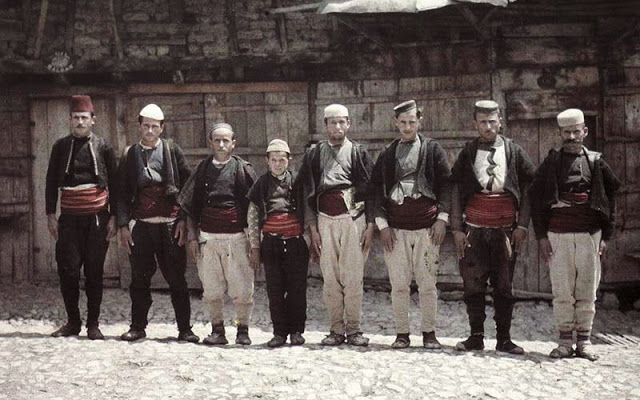



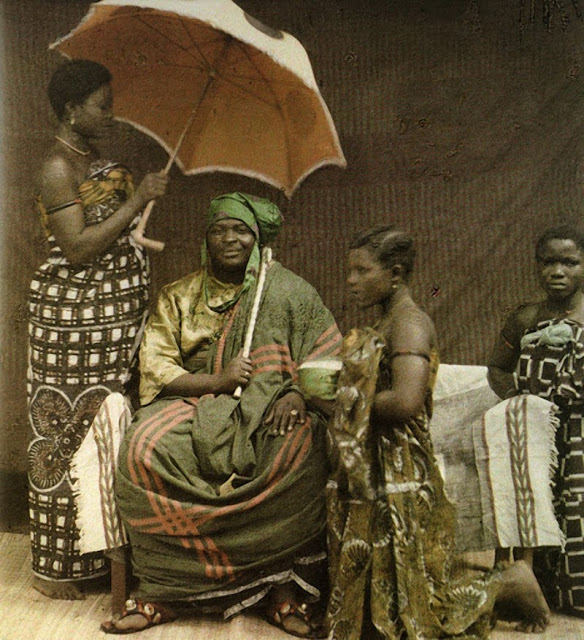



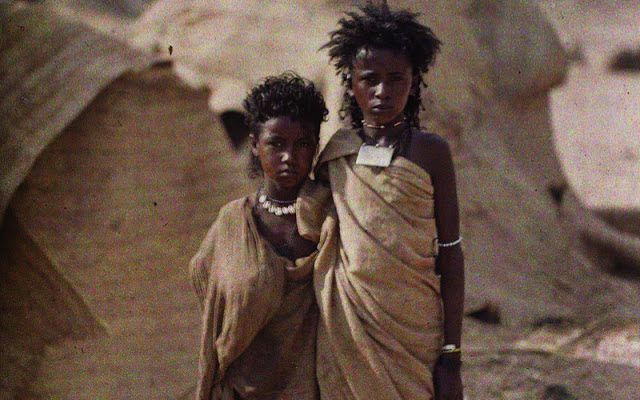
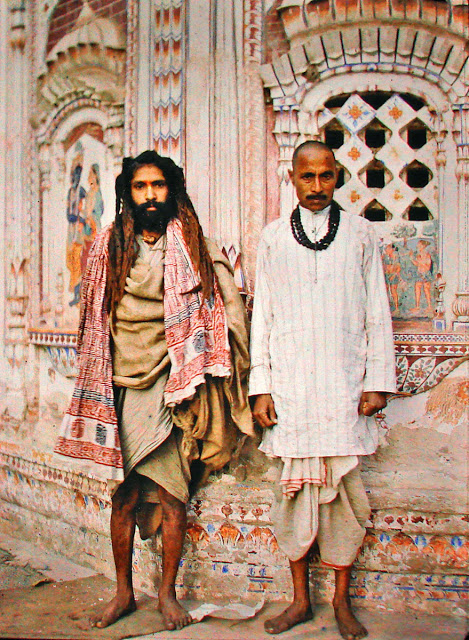

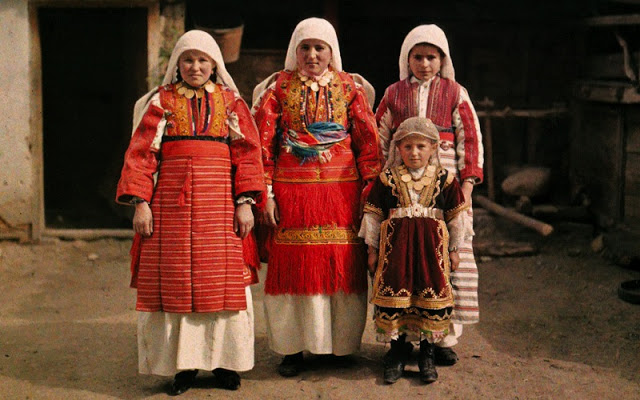
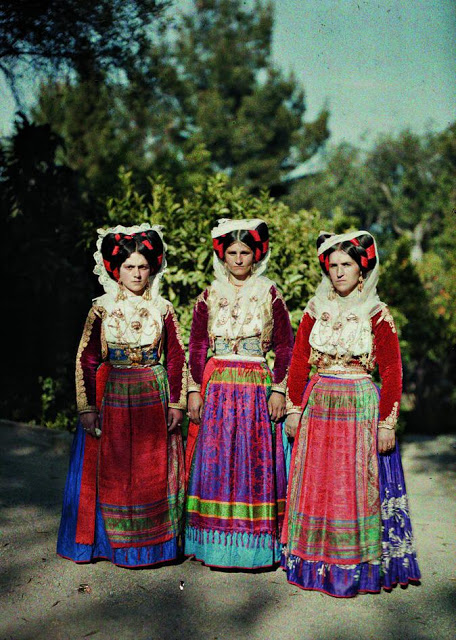
Since 1986, the photographs have been collected into a museum at 14 Rue du Port, Boulogne-Billancourt, Paris, at the site of his garden. It is now a French national museum and includes four hectares of gardens, as well as the museum which houses his historic photographs and films.
All photos: Musée Albert-Kahn
